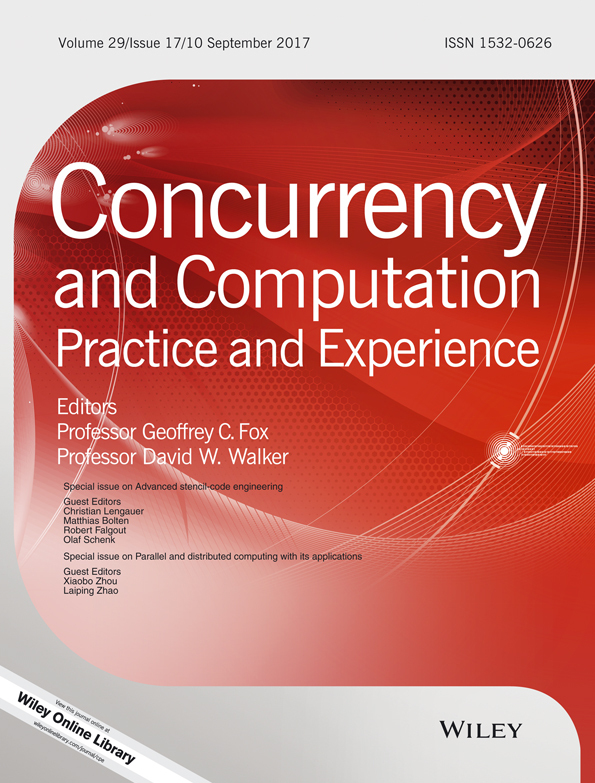A coarse-to-fine shape decomposition based on critical points
Summary
The segmentation of a shape into a series of meaningful parts is a fundamental problem in shape analysis and part-based object representation. However, it is difficult to make the result of shape segmentation accord with the expectations of humans performing the same task. There is still a need for an effective way to segment the shape although a variety of methods have been proposed. In this paper, we present a novel shape decomposition algorithm, which is implemented in a coarse-to-fine manner, taking into account the critical points on the silhouette. First, a part-cut hypotheses candidate set is generated and classified into 2 categories. Then, the hypotheses with adjacent endpoints are determined first, and later, the other kinds of hypotheses are finely determined by our presented measures such as chord arc ratio and inner angle. We note that the proposed coarse-to-fine decomposition conforms to the mechanism of human vision. The extensive experimental results on a large set of shapes show that our algorithm can generate shape decomposition results that better accord with human intuition compared to competing algorithms.




